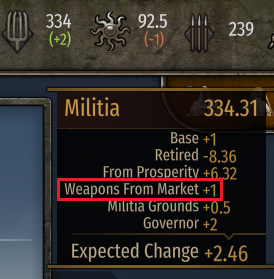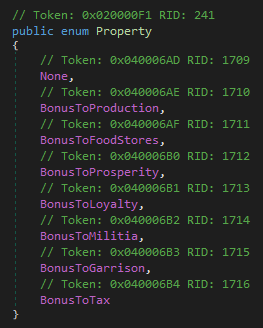ElCrisp
Sergeant at Arms

I see your concluding remark, which I can agree with. However adressing your general complaints in the body of you post:Put them in the right town, put them in the wrong town it doesn't matter, 99% of workshops suck. There are maybe 1 or 2 specific shops in a specific town that may provide more profit. A smithy in Marunath is one of them. The rest are useless. A winery in Quyaz or Charas or any other town that has a supply of grapes. Good luck getting over 50 a day. A velvet weavery in Amprela. Again good luck getting over 100 a day.
Now I don't know if it is the workshops themselves or if it is the market but whatever the reason is it needs fixing.
It is not as simple as: Villages grow grapes > build winery > big $$$$
Villages get more productive as their hearths grow meaning more raw materials for your town.
Your freshly made wine will flood your own market eventually if you dont have enough caravan traffic
High demand which results from prosperity is needed not only in your workshop's town but other towns that can be connected by caravans.
None of this is all that well explained in game which would help.
I am re stating these concepts for the benifit of peoples understanding and feedback.




















